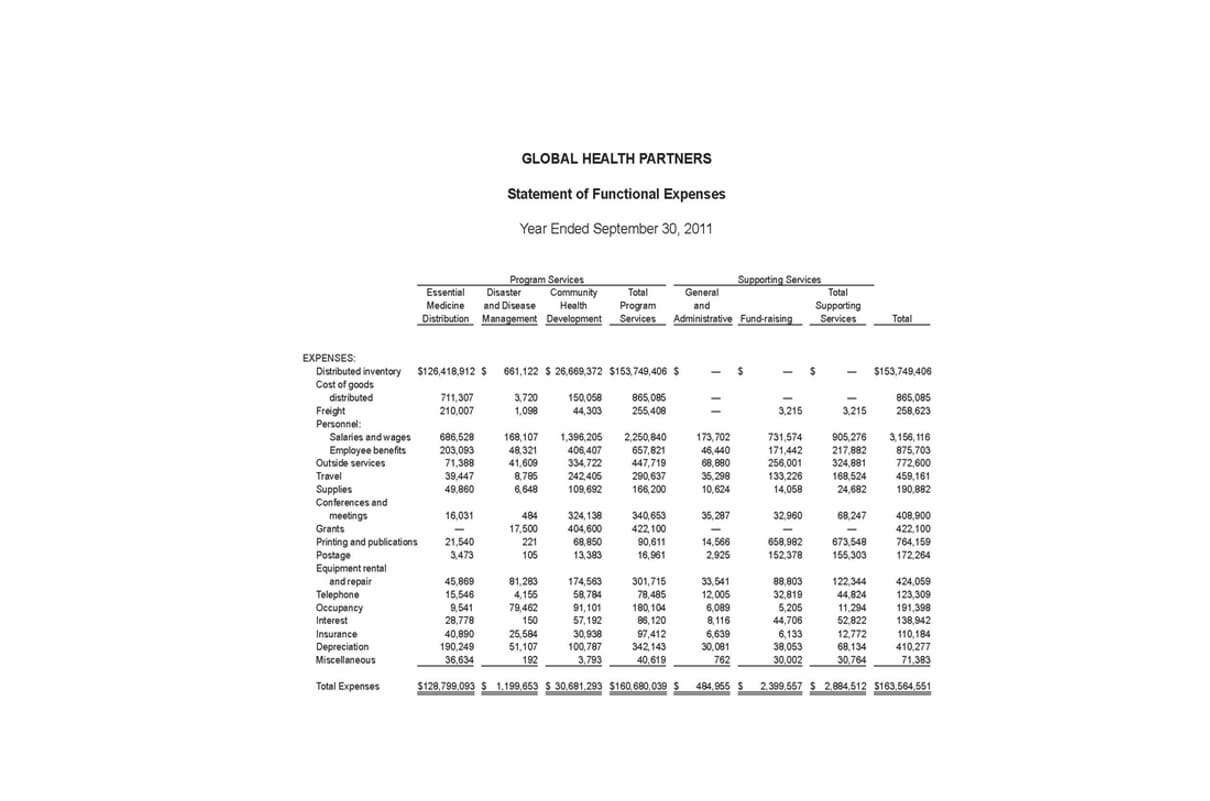
They have worked with or on behalf of companies such as Menlo Ventures, Airbnb, and Google. Once a stock is repurchased the company can either cancel it, reissue it, or hold onto it. The amount of capital stock can never be more than the amount of’ authorized stock. Companies have capital stock to raise money for their business activities.
What Is Capital Stock in Accounting?

However, they might still be less costly than the higher the basic form of capital stock is interest rates a company might have to pay to entice bond investors. Common stock is important because it represents a claim on a company’s earnings and assets. Stock dividends are when a company distributes additional shares of its capital stock to its existing shareholders. For example, a 10% stock dividend means that each shareholder will receive one additional share for every 10 shares they own. The total number of shares outstanding will increase by 10%, but the market value of each share will decrease by the same percentage.
- Treasury stock and retired stock are both types of repurchased capital stock, but they have different implications for the company and the shareholders.
- For holders of cumulative preferred stock, any skipped dividend payments accumulate as “dividends in arrears” and must be paid before dividends are issued to common stockholders.
- The fixed dividends also stabilize the company’s balance sheet, making it more attractive to additional investors.
- For the past 52 years, Harold Averkamp (CPA, MBA) hasworked as an accounting supervisor, manager, consultant, university instructor, and innovator in teaching accounting online.
- In addition to the classes of shares listed above, there are additional categories to describe shares according to their place in the market.
- If you need help with authorized stock, you can post your questions on UpCounsel’s lawyer marketplace.
- Preferred Stockholders do not have voting rights, but they may be entitled to higher dividends than common shareholders.
A.a share of preferred stock.
Typically, a company’s common stock will be given an arbitrary nominal value (par value) for the purpose of recording the transaction on its balance sheet. The capital gains tax is a tax on the profits from selling securities or other investments. Most investors can reduce their capital gains taxes by holding their investments for over one year. If you sell before one year, the gains are taxed at your ordinary income level, which is generally higher than the long-term capital gains tax rate. If you suffer a capital loss, you can use those losses to offset other gains.
Loss of Control

Over the following four centuries years, stock markets have been created worldwide, with major exchanges like the London Stock Exchange and the Tokyo Stock Exchange listing tens of thousands of companies. A business that has a relatively small amount of capital stock is said to be thinly capitalized, and probably relies upon a significant amount of debt to fund its operations. Conversely, an entity with a large amount of capital stock requires less debt to fund its operations, and so is less subject to the negative effects of changes in interest rates. Capital stock is the combination of a corporation’s common stock and preferred stock. They use this info to judge if they should buy or sell their shares based on profit potential and financial health.


This method not only garners substantial funds but also distributes ownership amongst shareholders, spreading out the financial risk. The term legal capital refers to the minimum amount of money that a business must have to be considered legitimate. Many states require businesses to have a certain level of this value before they are able to receive a charter as a legal corporation.
Treasury Stock vs. Preferred Stock vs. Common Stock
- If you’re a shareholder, this makes “part-owner,” but this doesn’t mean you own the company’s physical assets like chairs or computers; those are owned by the corporation itself, a distinct legal entity.
- The residual amount left to the owners is known as shareholders’ equity and is represented by a company’s shares.
- The more debts a company accumulates, the more of their profit margins they sacrifice to interest rates.
- Both common and preferred stockholders can receive dividends from a company.
- Unlike taking loans or issuing bonds, a company is not required to repay capital investors at a set schedule.
- By issuing capital stocks, businesses open up a potential revenue stream that does not add to their debt burden.
The term legal capital is frequently used in statutes related to incorporation in order to identify the minimum amount of owners’ claims that cannot be satisfied through the distribution of assets. In many cases, preferred stockholders’ rights more closely resemble those held by creditors rather than owners. Even though both refer to the two types of stocks issued by the company to raise funds from the market, there are some differences between the two. It is calculated by multiplying the number of shares issued with https://www.bookstime.com/articles/what-is-an-invoice the par value per share. The par value is actually the nominal or the face value of each stock, which represents the minimum amount at which each stock can be sold.
They offer the issuing firm other benefits, not least because being less volatile makes them appeal to different investors. The fixed dividends also stabilize the company’s balance sheet, making it more attractive to additional investors. Another reason is that, for some companies, the cost of issuing preferred stock is lower than issuing bonds. Unlike interest payments on bonds, dividends on preferred stock are not mandatory and generally are not tax-deductible for the corporation.
Each type of security is important in its own way, and companies typically issue both types of securities to give investors a choice in how they want to invest. The claims of common stockholders are the ones increased by profits or decreased by losses (after considering preferred stock dividends). Occasionally, a corporation may issue different classes of common stock, of which at least one must have voting rights. Preferred stock is listed first in the shareholders’ equity section of the balance sheet, because its owners receive https://www.instagram.com/bookstime_inc dividends before the owners of common stock, and have preference during liquidation. Its par value is different from the common stock, and sometimes represents the initial selling price per share, which is used to calculate its dividend payments. Deciding whether to invest in capital stock or common stock is a big decision that must be made carefully.

